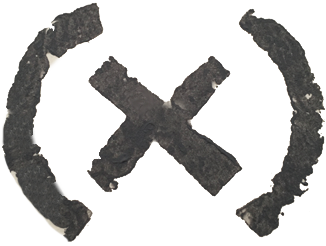If copying is the highest form of flattery, the Tesla Cybertruck must be feeling pretty peachy at this moment in time. Regardless of all the hullabaloo about its design, the thing certainly has captured the world's attention. Not only did it garner a fair amount of preorders (the exact numbers are iffy due to the faulty ordering system), it's inspired others to create toys, matching bunkers, and crappy "replicas." The latter of the bunch recently popped up overseas, and somebody caught it on video.
After the Cybertruck debuted, there was much discussion about whether or not the hard surfaces, boxy angles, and sharp edges could actually make it to production. Thus far, according to professionals, it doesn't seem likely. Stefan Teller, an expert with the SGS-TÜV Saarland in Germany, believes the design is literally too harsh to safely deal with inevitable collisions with pedestrians. As a key part of overseas automotive regulations, this could prevent the truck from selling in Europe. That's for legit Cybertrucks made by Tesla. Knock-offs? That's a different story.
There's a very good chance that the driver in this video, which was taken in Moscow, isn't particularly concerned about pedestrian safety. Or intellectual property. There's not much information on the clip, but it appears to have originated from @sukhotin.m and was reposted by several other popular accounts. Read More
















